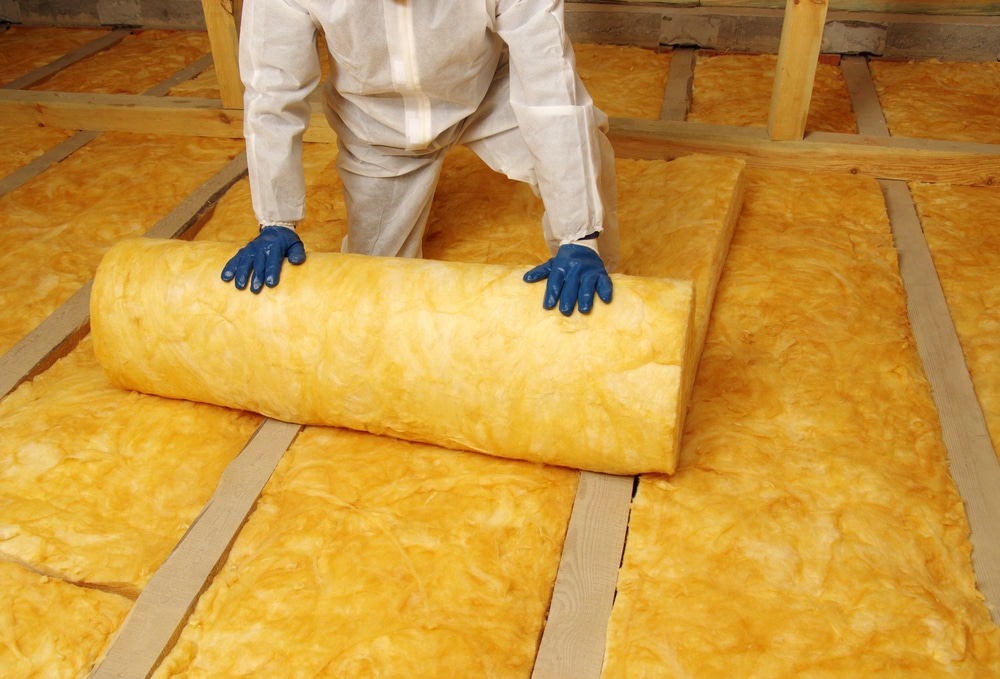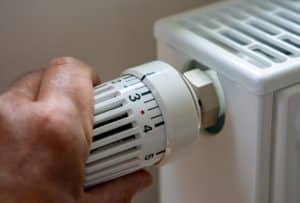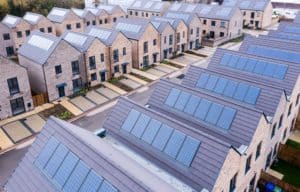Re-roofing your home? Here are 5 ways to make your roof more energy efficient.
Replacing an existing roof with a brand new, greener roof is a great way to work on your overall energy efficiency and costs. And especially since 25% of a home’s heat is lost through a roof, it really does present an amazing opportunity to make that thermal envelope as well-structured and eco-friendly as possible.
Building roofs are typically replaced only once every 20 years or more; so, most roofs in need of replacement were installed pre-2000: this is before building energy codes were taken on in many areas. It’s therefore safe to say that by integrating high-efficiency and sustainable materials, you can make a major difference to your energy and cost savings.
There are plenty of ways to do this, and we’ve drilled it down into five core methods for making your roof more energy efficient.
1. Pick a light colour.
This may sound strange, but your roof colour makes a really big difference in terms of heat absorption. A light roof will reflect heat and therefore won’t transfer as much into the interior of your home. A dark colour, on the other hand, will take in more heat and therefore draw solar energy inwards. If you’re redesigned and re-roofing, opt for dark roof shingles.
2. Increase insulation.
How well insulated is your attic? With ample insulation, you can make sure that:
- Unnecessary heat doesn’t penetrate your home
- Your inside temperature is maintained whatever the temperature outside
- You can stay warm even when outside is cold
Good thermal insulation in your roof will also boost the lifespan of your building structure and will add an extra barrier so that you can minimise your risk of thermal bridging.
RELATED: HOW TO AVOID THERMAL BRIDGING
3. Check in on your ventilation.
While insulation is key, you also need to make sure that your roof is getting enough ventilation. Just like with us humans, fresh air is a big contributor to roof health. You can add this in with ease – a few vents throughout the roof will allow for airflow across the attic. The best place to add vents in is towards the lowest points of the roof. By doing this, you can limit the chances of your roof overheating causing your roof decking to warp.
4. Consider Structural Insulated Panels.
In addition to traditional insulation, you may want to use structural insulated panels (SIPs) in your roof. This is becoming increasingly popular due to their high energy efficiency and flexibility. They are made of a rigid plastic-foam insulation core placed within two structural skins; this provides very high strength and strong insulating qualities. Note that you will need a vapour barrier if using SIPs in order to avoid moisture infiltration.
5. Take a sustainable approach.
Whatever you’re doing on your roof, make sure you do it sustainably. Green materials and sustainably minded roofers and consultants are a great place to start. Essentially, you want to produce a roof that will last a long time, increase your home’s energy efficiency and your own comfort and reduce bills. There is no one size fits all answer to this, but by working with people who understand the complexities of environmental construction you can design and integrate a roof that ticks all of the eco boxes.
YOU MIGHT LIKE: WHAT MAKES A GOOD ENERGY CONSULTANT?
AND: CELEBRATING WORLD GREEN ROOF DAY
Can Buildpass help me produce a more energy efficient roof?
Absolutely! When it comes to green construction, we’re the experts. We will work with you – as a partnership – to produce a roof that is not only sustainable but comfortable, in-keeping with your home design and a money-saver.
Find out more about our services and book a free consultation.




















